Japan has a modern culture that’s strongly influenced by their history. With the help of the internet and some personal experience of friends and relatives, I’ve compiled a list of must do / must visit places in Japan. Be sure to check out part one.
Encounter a geisha
A Geisha is a Japanese woman who entertains people (usually men), with classical Japanese arts. She is skilled in singing, dancing, playing musical instruments for example, shamisen. serving food, drinks like sake, and tea, and practiced in conversation. There remains some confusion about the nature of the geisha profession. Geisha are regarded as prostitutes by many non-Japanese. However, legitimate geisha do not engage in paid sex with clients. Their purpose is to entertain their customer. Geisha engagements may include flirting with men and playful innuendos; however, clients know that nothing more can be expected. In a social style that is common in Japan, men are amused by the illusion of that which is never to be. 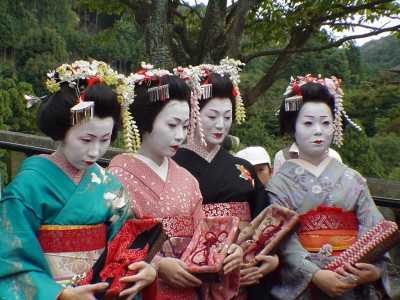
Snow monkey park
There are troops of Japanese monkeys (Japanese macaques) live in the Jigokudani valley located in northern Nagano prefecture. In Hell Valley Wild Monkey Park (Jigokudani Yaen-koen), visitors can see wild monkeys in the natural environment. There is an outside hot spring bath that’s just made for the monkeys, and they love to soak in the tub, especially on cold, snowy days. Many people visit the park during the winter to see monkeys soaking in the hot tub while the snow falls on their heads. For this reason, they are known as snow monkeys. They stay up in the mountains for some days, and hopefully you can see them bathe or swim in the hot tub. 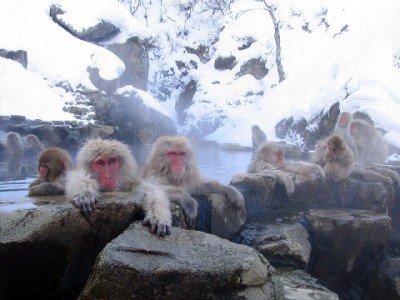
Visit traditional temples and shrines
Along with Shinto shrines, Buddhist temples are the most numerous, famous, and important religious buildings in Japan. Buddhist temples in Japan are varied, yet there are certain generalizations that can be made, and general rules or guidelines that are followed. Japanese temples dating from the Nara (710-794), Heian (794-1195), Kamakura (1195-1333) and Muromachi (1333-1460) periods are often very beautiful and there is a large number of them clustered around the ancient capitals of Nara, Kyoto and Kamakura. Although most temples were destroyed in the Onin Wars (1467-1477), many have been rebuilt several times following their original design. 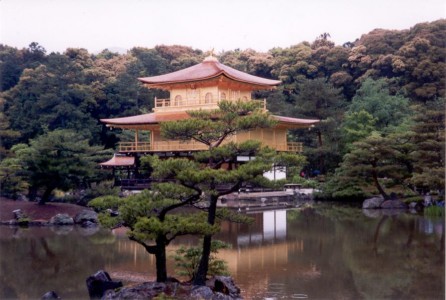
See a real torii-gate
Literally meaning “where the birds reside”, torii are gateways at the entrance of Shinto shrines, or “jinja”. They are typically made of wood, stone or sometimes iron. Most wooden torii ar painted in red. The best place to see torii gates is Kyoto’s Fushimi Inari Taisha, where thousands of them are lined up in a tunnel-like fashion. It sometimes happens that Buddhist temples have a torii too, like the old Shitenno-ji Temple in Osaka. These are however exceptions. 
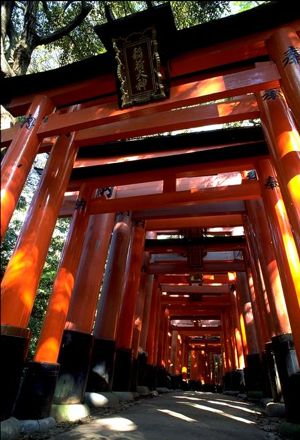
Stay at a ryokan
Ryokans are accommodation facilities which are imbued with the traditional culture of Japan. As a result, it is quite understandable that foreign guests are often perplexed by many things when staying at a ryokan. Nevertheless, it is also true that various encounters with the unknown will greatly deepen the impressions and excitement of your journey. Because of their emphasis on traditional style and atmosphere, ryokan may appear rigid and intimidating for the first timer unfamiliar with the procedures and etiquette. In reality they are a special and relaxing experience that everyone should take the opportunity to try. In order to help set your mind at ease, the following pages offer an explanation of what to expect during a ryokan visit. 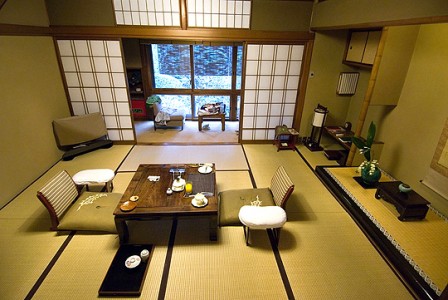
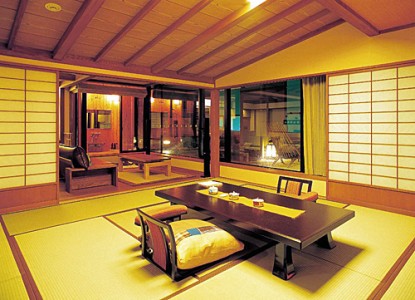
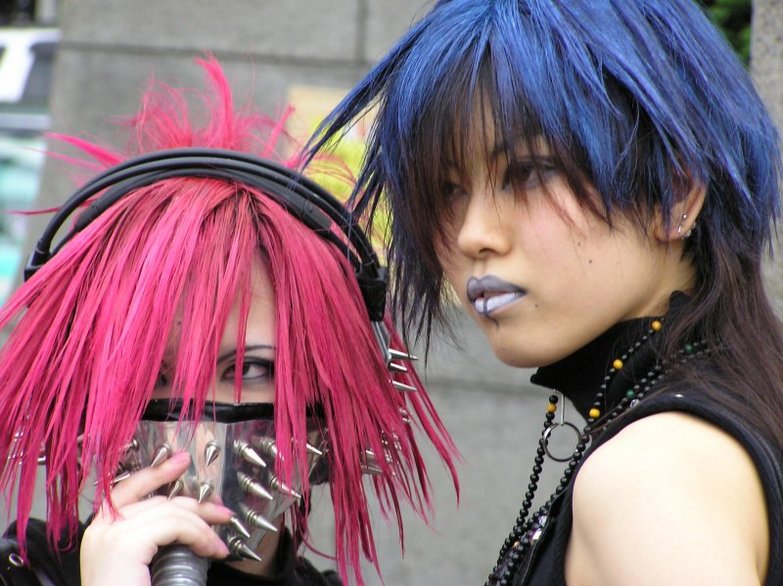
Leave a Reply